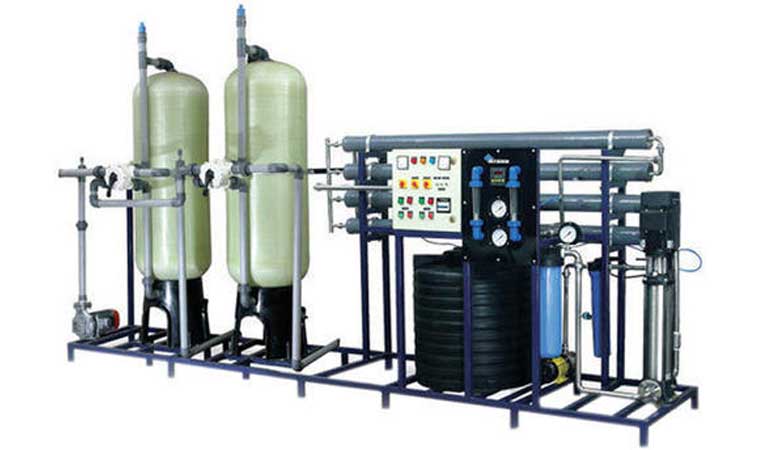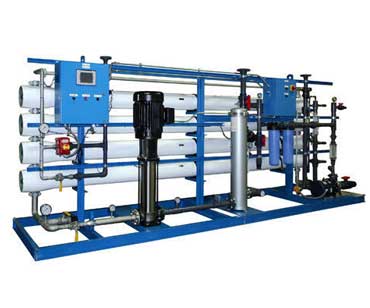An RO Desalination System uses a membrane to purify water. This process involves the passive transfer of water molecules across a semi-permeable membrane. It relies on hydraulic and osmotic pressure to push water in the opposite direction. After the process, the draw solution is treated to recover freshwater. The FO method reduces energy consumption because it operates under little hydraulic force. Because this process requires no pumping, it is more efficient and reduces the risk of fouling.
During the RO process, the feedwater is pretreated to reduce colloidal content. Generally, a well-type feed source is preferable, but surface intake systems may be used in certain situations, such as stormy weather. In such cases, the pretreatment process is extensive. In addition, the RO process requires high pressure, which can lead to increased SEC. This is why the SSP has a low SEC.
An RO Desalination System has four stages. The first stage is the pre-filtration stage. It reduces fine suspended materials, removes chlorine, and filters out chlorine. The second stage is the semi-permeable membrane. Once the permeate is filtered, it passes through another unit. After this, the water enters a pressurized storage tank. The final step is carbon post-filtration, which removes aesthetic tastes and odours.










